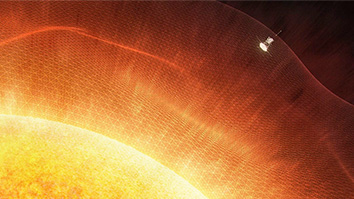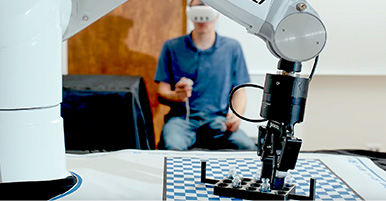Citation
Kalogerakis, K. S., & Byler, E. B. (2009, April). The Temporal Evolution of O (1D) Emission in Ionospheric Modification Experiments. In EGU General Assembly Conference Abstracts (p. 3860).
Abstract
Understanding processes involving atomic oxygen is crucial for the study of energy transfer and transport dynamics in the upper atmosphere. Until recently, the lack of reliable information on the role of O(3P ) collisions in relaxing O(1D) has often led to the assumption that the ionospheric atomic oxygen red line emission decay was controlled by collisions with N2. Laboratory measurements at SRI International have established that the removal rate constants for O(1D) + N2 and O(1D) + O are comparable and therefore O atoms play a major role in the ionospheric O(1D) decay at altitudes between 200 and 300 km. We have previously shown that measuring the O(1D) emission decay following ionospheric modification provides an approach for Remote O-atom Sensing by Ionospheric Excitation (ROSIE). In this report, we present examples of available ionospheric modification data sets from several heating facilities, examine the details of the appearance and decay of the O(1D) emission, and interpret its temporal evolution. This work is supported by the CEDAR Program of the U.S. National Science Foundation (NSF) under grant no. ATM-0737713. The participation of Eleanor B. Byler was made possible by the NSF Research Experiences for Undergraduates Program under grant no. PHY-0649315.


